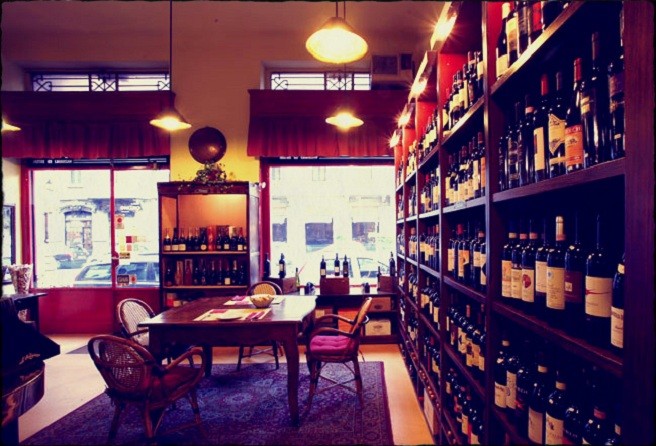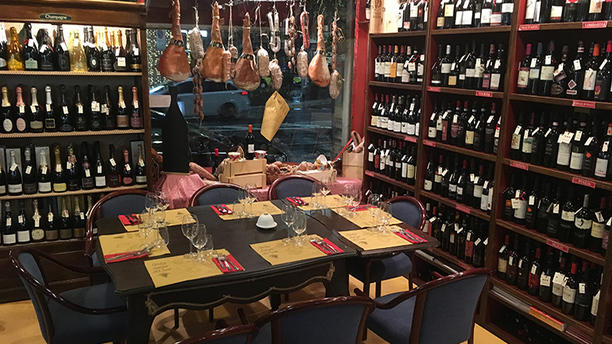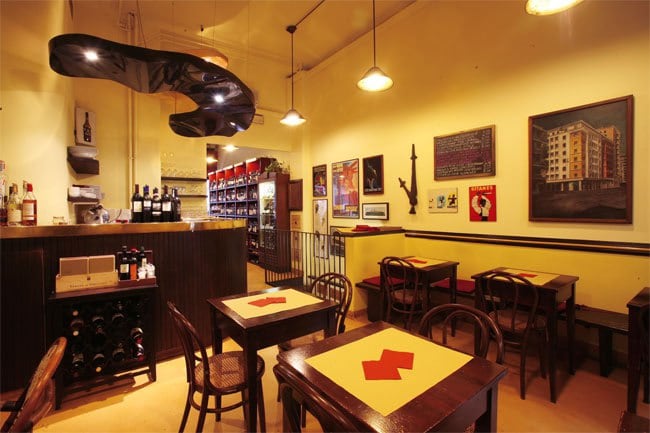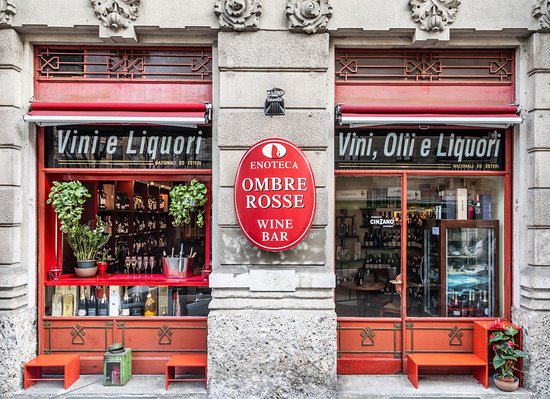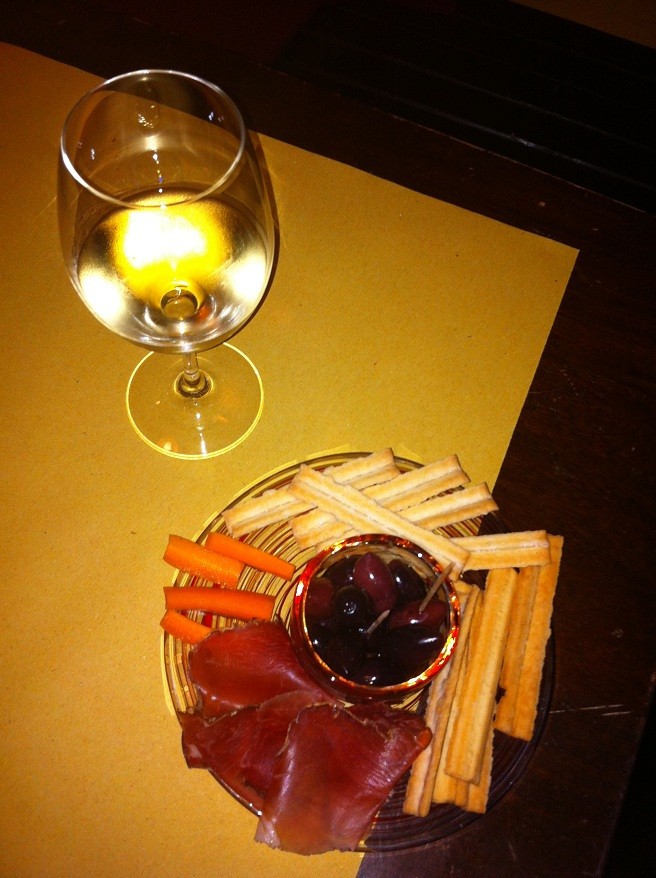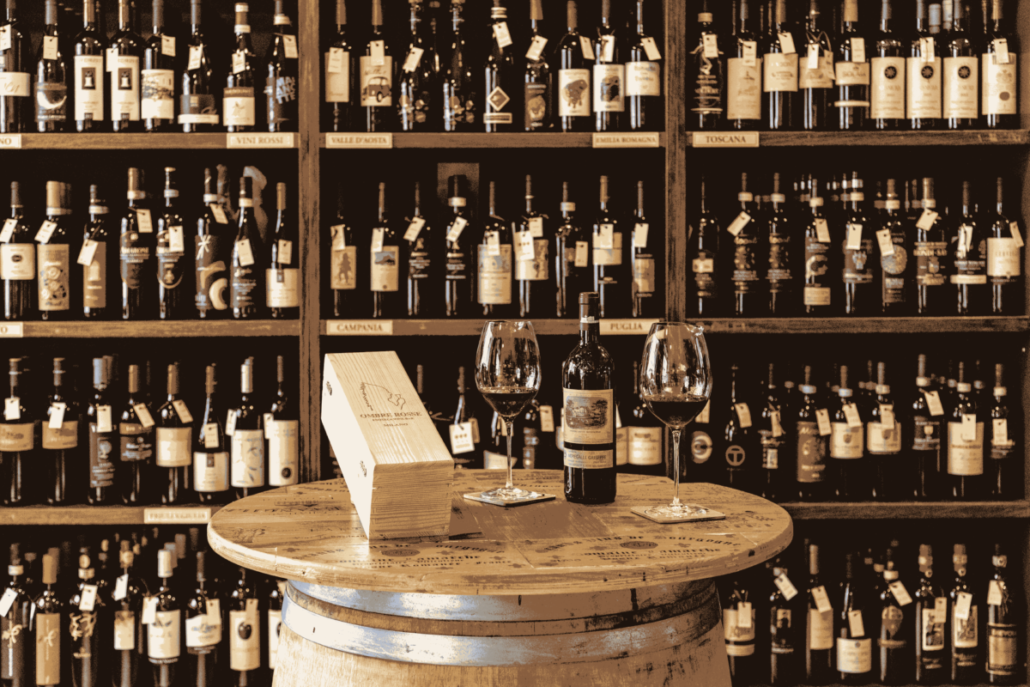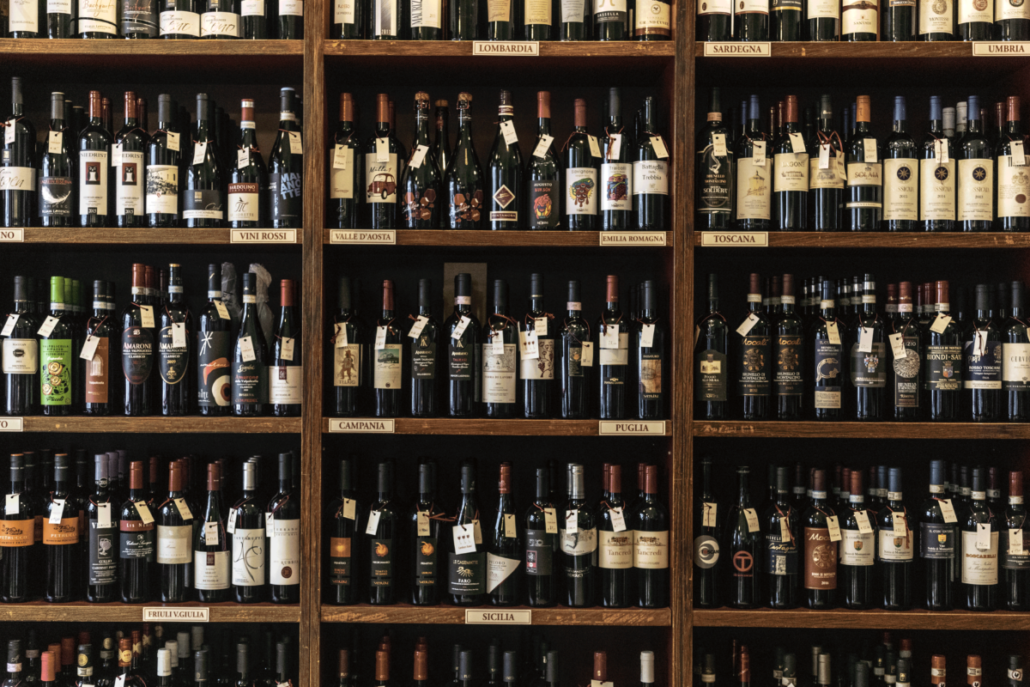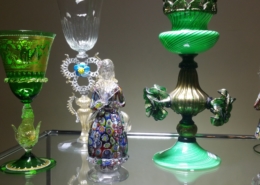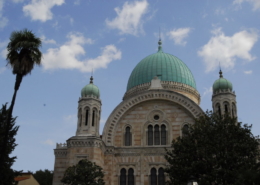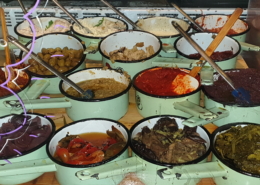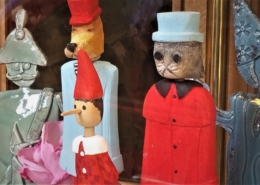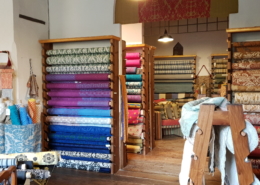Highlights of this tour
- Two hour private wine tasting conducted by a certified Sommelier
- Learn about wine and food pairings
- Enjoy Lombardy wines from indigenous grapes
Your exclusive wine tasting in Milan
Why booking your wine tasting in Milan? not only because Walks inside Italy would love to please you as much as possible…. Milan is the capital of a region that offers a vast variety of wine styles including some of them of particular note, and it will be fun to taste some of them with the help of our certified Sommelier.
Meet our wine expert at the hotel, preferably in the afternoon, and walk together to a wine bar selected for the inspirational atmosphere, the quality of food and wine, the pairings proposed by the staff, the attractive and quiet tasting rooms, the hospitality of the owner.
Aren’t you familiar with Lombardy wines? Find more in the overwiev below, you will be ready for your wine tasting in Milan!
Lombardy is entirely landlocked between two relevant wine regions, the Veneto the east, actually the most productive wine area in Italy and Piedmont to the west, renown for Barolo and Barbaresco among the most authoritative red aged wines in the whole world.
Nevertheless, thanks to the successful marketing campains, the constant improvement of local wine style, and a positive entrepreneurial approach enhanced significantly the importance of Lombardy wines in the country and abroad.
Traditional regional wine production dates from the 7th-5th century BC from Northern European populations, was increased by the Romans and continued with the contribution of the Monastic Orders in the Medieval Age. The adoption of new technical procedures from France in the 16th century marked a substantial improvement for the production of the Chiaretti –Rosé wines– and their preservation.
In the 18th century vines started to be grown hooked up to wooden poles, a technical innovation still in use today. The vine pests that ravaged most of vineyards in Europe a hundred years later had a profound impact on the wine market and at the same time heralded a new age in the history of the “nectar of the Gods”. The desease resistant baby vines imported from America favored international grapes like Chardonnay, Sauvignon, Pinot types and Carbernet ones at the expense of the old local varieties.
Today Lombardy ranks eighth in amount of wine produced in Italy, with 5 Docg premium wines, 22 Doc areas suited for quality wines.
Fortunately the lack of access to the sea is compensated by nine lakes – the largest number for a single region in the whole country – and the presence of the longest river in Italy, the Po that runs through the large southern plain.
Water irrigates the vineyards stretching throughout the large southern lowland, which hosts particularly suited areas to winemaking, such as Oltrepò Pavese, Oltrepò Pavese Pinot Grigio, Garda and Lugana, best known for both sparkling and white flat wines.
Cost of this tour
- The wine tasting lasts two hours and costs 190 euros up to 6 people, plus 40 euros per person for three glasses of local quality wine, one for each wine, paired with appropriate appetizers.
- Only private parties.
- For larger parties: please send us an email!
Dress Code and advice
- No dress code is required.

